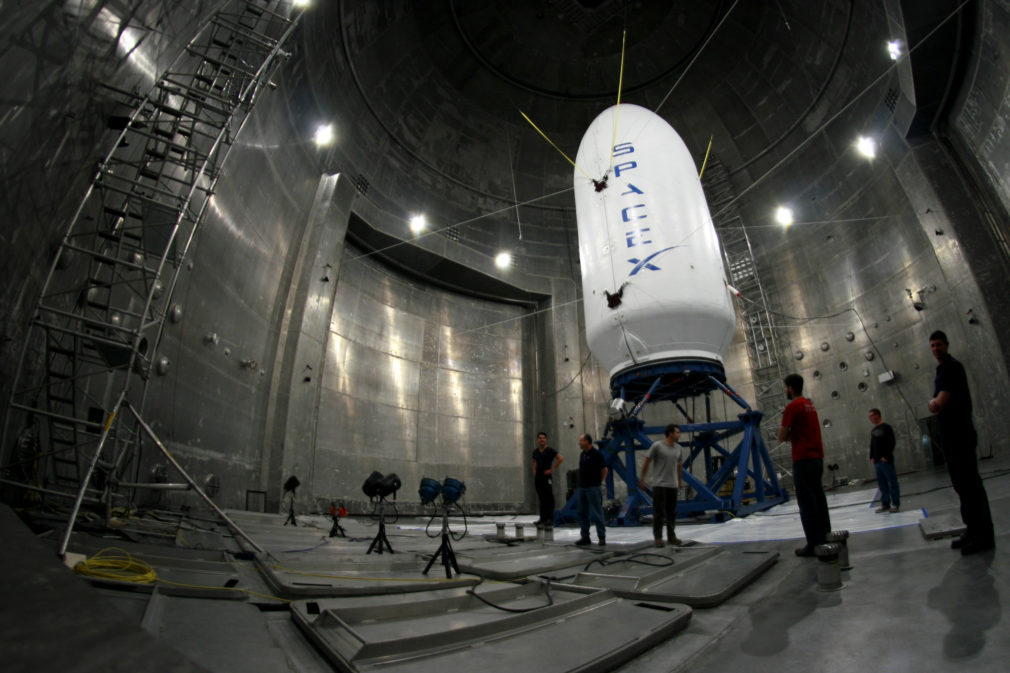Virtual Reality can be recognized as one of the hottest fields with immense potential for innovation. After introducing basic high-res VR headsets that required to be tethered to a gaming rig or a phone, the manufacturers are now ushering a new wireless phase for the technology.
Joining the league today is the renowned chipmaker Qualcomm, who has unveiled a reference design for a standalone virtual reality head-mounted display(HMD). The headset is powered by the all so powerful Snapdragon 820 processor, that outputs the content in clear 4K Ultra HD resolution.
In conversation with ZdNet, Hugo Swart, Qualcomm Home Entertainment business lead, said,
We at Qualcomm are strong believers in the VR market. We’re seeing increasing demand for standalone VR HMDs — a device that has all the processing plus connectivity, batteries — all you need for an immersive experience in a single device.
He goes to tell us about the hassles of using a wired VR headset that not only requires one to spend a hefty sum of money on a headset, but also on the heavy-duty gaming rig that will power the same.
Some VR implementations that require a PC, cables, additional accessories to provide head tracking — they may not be a mass-market product, it requires installation, has a much higher price point than the mass market may accommodate.
he adds.
Unveiled at the on-going IFA conference in Berlin, the Snapdragon VR820 reference design includes a two camera setup for eye tracking, and dual front-facing cameras for six degrees of freedom and see-through(AR) applications. It also packs in four microphones to provide coherence with its surroundings. And what truly makes it standalone is the fact that it also packs in the processors and batteries required to render and output the content.
Also, instead of dedicating its own R&D team to develop the reference design, Qualcomm has tapped an experienced original design manufacturer(ODM) Goertek for the same. The chipmaker believes that the technology is already out there, and it is now time to release it to the market as quickly as possible.
Qualcomm plans to make the standalone VR headset’s reference design available by the fourth quarter of 2016 — before Intel’s Project Alloy official release. It also expects several of its OEM partners to roll out commercial products right after the reference design is made available to them.
This announcement pits Qualcomm right against one of its competitive chipmakers Intel. The latter has recently also announced an all-in-one wireless ‘mixed reality’ headset to map your position and surroundings. This was the first reference design with all of the tech, cameras, sensors, processors and battery required to provide a virtual experience packed inside the headset.





